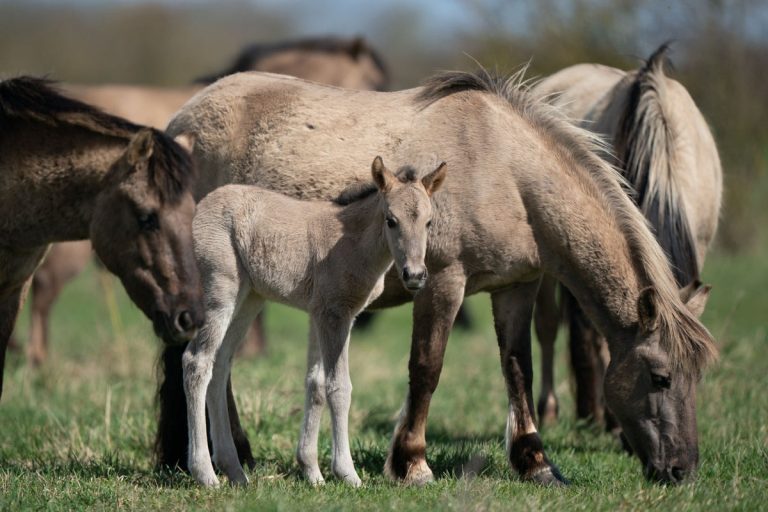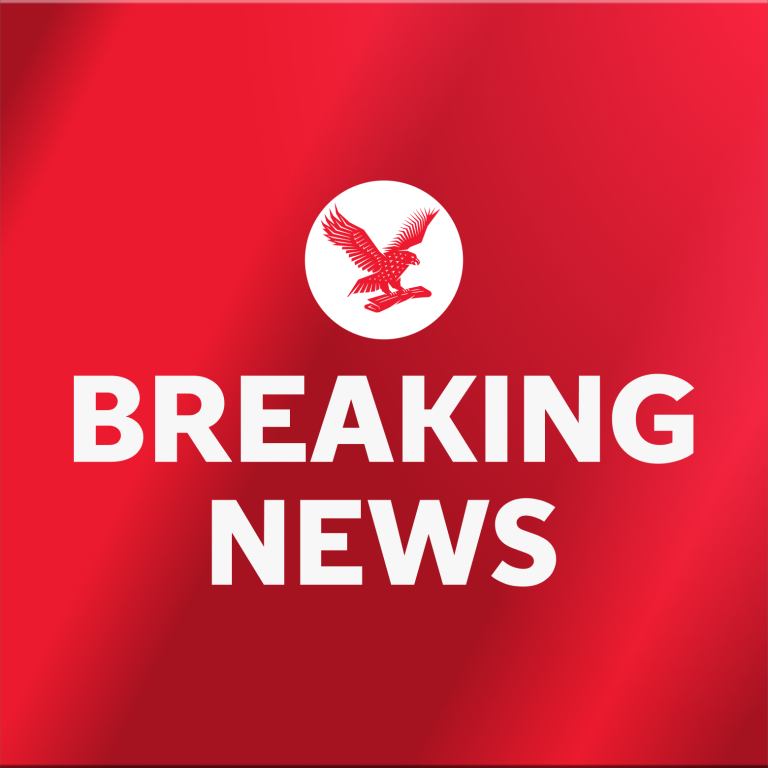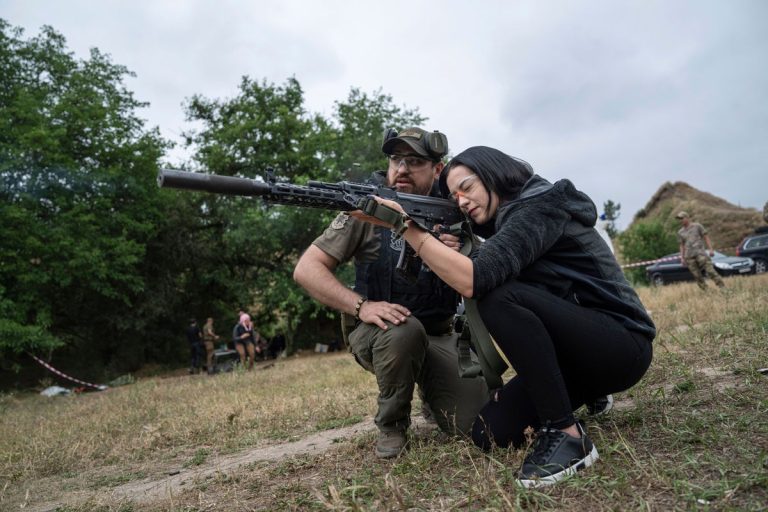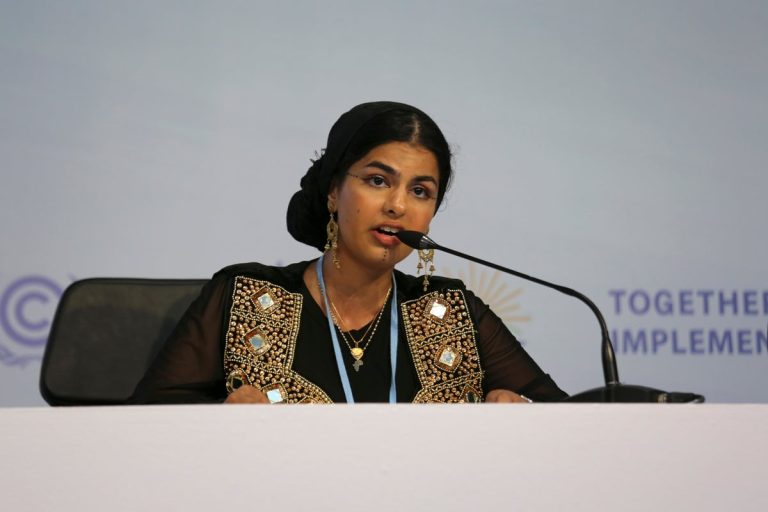Ukrainian children in Poland are now required by law to attend school after years of online learning

Support truly
independent journalism
Find out moreClose
Our mission is to deliver unbiased, fact-based reporting that holds power to account and exposes the truth.
Whether $5 or $50, every contribution counts.
Support us to deliver journalism without an agenda.
Sava Trypolsky couldn’t wait for school to start. Days before the Ukrainian boy entered first grade on Monday, his backpack was packed. Sitting on his bed in his home near Warsaw last week, he pulled out coloring pens, glue sticks and all manner of supplies emblazoned with Spiderman, Minions and his favorite soccer player Lionel Messi.
Sava was almost 5 when he fled his home in Cherkasy, Ukraine, with his mother and older sister soon after Russia’s full-scale invasion on Feb. 24, 2022. But the war has dragged on for more than 2½ years, and he is now a 7-year-old starting his educational journey.
For Ukrainian children, the last several years have been a time of severe disruption. First the COVID-19 pandemic brought online learning, and then war uprooted millions.
That disruption was still evident in Ukraine, where it was also the first day of school on Monday. An overnight Russian drone and missile attack in Kyiv forced the cancellation of classes for some because of damage from the attack.
Many Ukrainians who fled to neighboring Poland never returned to a classroom at all, continuing their Ukrainian classwork remotely.
But as this new school year began on Monday, a new Polish law makes school attendance mandatory for Ukrainian refugees. In cases where the kids don’t attend school, the government will enforce the law by withholding a monthly 800 zloty ($200) bonus that all citizens and refugees receive for each child under 18.
Only those entering the last year of high school are exempt from this new requirement. Poland’s Education Ministry said it was unrealistic for them to master the Polish curriculum in language and culture in time to pass final graduation exams by spring.
Sava can expect an easier time than many. Educators say kids his age learn Polish quickly. He has a best friend, Bart, going to his school, and a soccer group. Medals he earned while playing the sport decorate his room in Jablonna, a small community north of Warsaw.
“I’ll have fun,” he said beaming.
But his 16-year-old sister Marichka hopes to return to Ukraine for university and knows school can be hard for adolescents even without the pressure of being a refugee. She has one year left and opted to continue her home schooling.
“Some people are just mean, you know, and I’ve heard many stories about just being excluded or bullied,” Marichka said. “That happens in every country, it’s not just Poland, it’s just kids who try to grow up in this world.”
Prime Minister Donald Tusk said that it was important to bring Ukrainian youth into the system to avoid the formation of social “pathologies.”
“Since we do not know how many Ukrainian families will want to stay with us for longer, and perhaps forever, we are very keen for these children to be educated like their Polish peers,” Tusk said Friday.
Some Ukrainians have already returned home and many others plan to. That has led many of them to live in Poland, but to keep kids out of Polish schools and do remote learning with schools back in Ukraine.
Jędrzej Witkowski, CEO of the Polish nonprofit Center for Citizenship Education, said that allowing online learning made sense during the initial crisis, but now Polish authorities can’t even track whether Ukrainian children are continuing with their education or dropping out. There isn’t even reliable data or research that can measure the educational loss, he said.
“This would have been the fifth consecutive year of online learning,” Witkowski said. “We’re very happy with the move that the government has made.”
Poland has the second-largest population of Ukrainian war refugees in the West after Germany, and most are women and children. UNHCR estimated the number of Ukrainian refugees in Poland, a nation of 38 million, at slightly over 957,000 in June, the latest figures published on its website.
UNICEF and UNHCR – the United Nations’ children’s and refugee agencies — had expressed concern about the large numbers of children living in Poland but not attending schools in person, estimating the number at around 150,000 — a calculation based on administrative data and the number of Ukrainian kids with Polish identity numbers.
Other countries with large Ukrainian populations, like Germany and Italy, required school attendance from the start, said Francesco Calcagno, chief of education for the UNICEF refugee response office in Warsaw, which is working with the national government, local authorities and nongovernmental organizations to help get kids back into schools.
“Education is not just about academic achievement but also about fostering resilience, stability, and hope,” Calcagno said. “Schools provide a crucial sense of structure and safety, which helps children from Ukraine to catch up on learning and supports their psychosocial wellbeing.”
A Ukrainian flag decorates Sava’s room. But he doesn’t remember Ukraine very well anymore and it’s clear that he’s already adopting Polish interests. His favorite books are Polish comics about World War II that depict Nazi German and Soviet forces as the enemy in occupied Poland.
Sava’s mother, Oksana Trypolska, also provides him with Ukrainian books and plans to work with him to maintain his language and cultural ties to Ukraine. She has friends in Poland, the United Kingdom and the U.S. who force their kids to follow the Ukrainian curriculum remotely while attending a local school. She feels that is too much for a kid.
“Parents are afraid to just leave the Ukrainian school, because you don’t know what will happen in the future, and you try to prepare for different options and just be ready,” she said.
Ukraine’s government has also created a system to help Ukrainians abroad transfer credits so they don’t have to double up on subjects like math and science, while creating accelerated remote programs for Ukrainian and history.
Ukrainian children are entering a Polish system already facing teacher shortages, leading the largest teachers’ union to worry about how schools will cope.
“They do not know the Polish language, they did not integrate socially, they functioned outside the system, it is comparable to the return of our students to school after the pandemic,” Polish Teachers Union vice president Urszula Wozniak wrote to the education minister. “Only in their case there is also the trauma caused by the war.”
But across the country, educators are rolling up their sleeves. Among them was Krzysztof Obrębski, vice principal of the No. 31 high school in Warsaw, who prepared to welcome 60 new students to his school of 750.
“These children were in Poland, but they were not in any system,” he said last week. “As a teacher, it is very important to me to support them. But we have to physically have these students in the facilities to help them.”
___
Hanna Arhirova contributed to this report from Kyiv, Ukraine.
___
Follow the AP’s coverage of the war at https://apnews.com/hub/russia-ukraine






